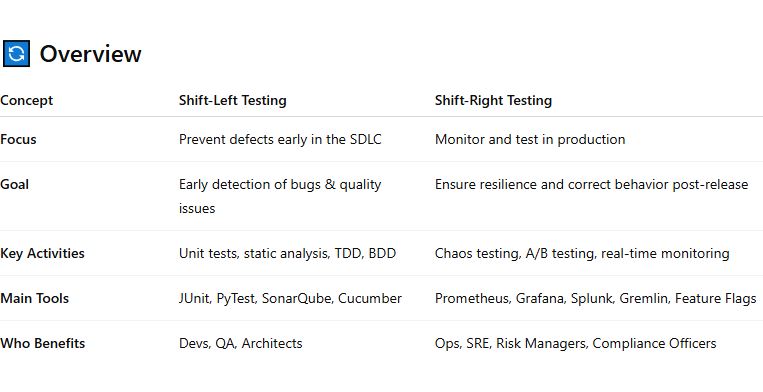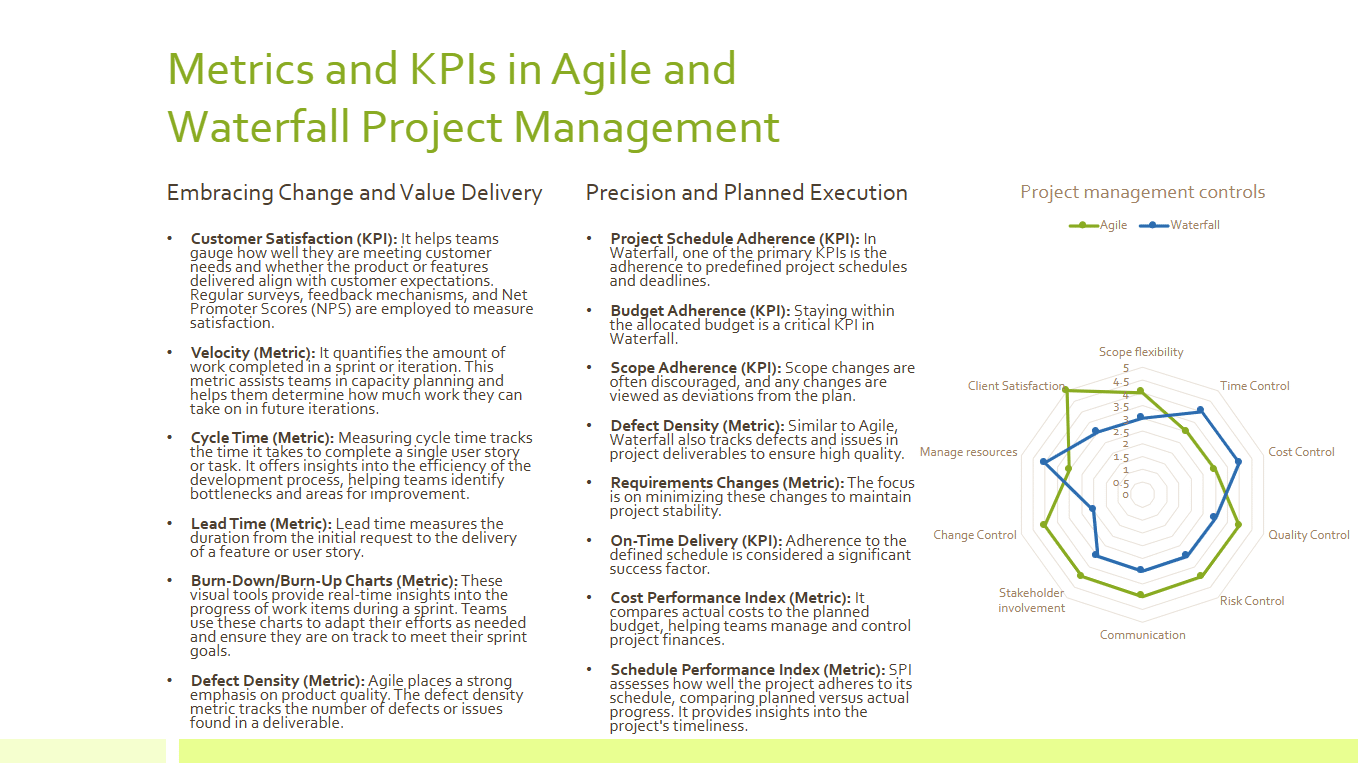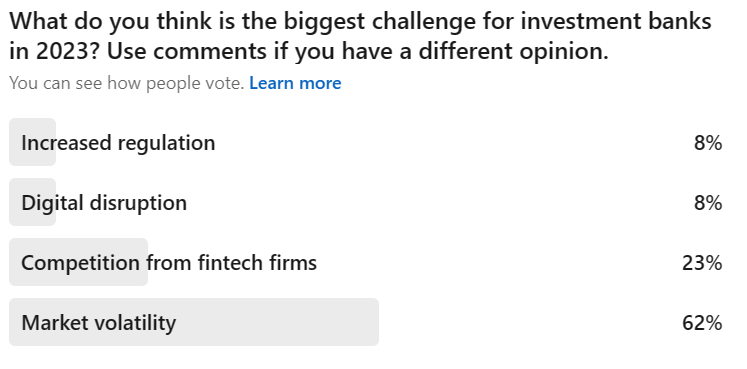In today’s fast-paced digital environment, especially in high-stakes domains like capital markets, traditional testing approaches fall short. Risk systems demand precision, speed, and resilience — and any flaw can mean millions in losses or regulatory breaches.
Enter Shift-Left and Shift-Right testing — two complementary strategies that are transforming how quality assurance is embedded across the software development lifecycle (SDLC).

🔄 What Are Shift-Left and Shift-Right Testing?
These terms come from a simple idea: “shifting” the focus of testing activities either earlier (left) or later (right) in the lifecycle.
- Shift-Left Testing emphasizes early-stage testing — in development and design phases — to catch defects before they grow.
- Shift-Right Testing focuses on validating software in real-world conditions, often in production, through observability and resilience testing.
Think of them as bookends that ensure your software is correct, performant, and resilient from development to deployment and beyond.
🡐 Shift-Left Testing: Start Testing Early
Why Shift Left?
Testing early means finding bugs when they’re cheaper to fix and less disruptive. It aligns development and testing, reduces rework, and improves the feedback loop.
Key Practices:
- Test-Driven Development (TDD): Write tests before writing the code.
- Behavior-Driven Development (BDD): Define acceptance criteria in business-readable language.
- Static Code Analysis: Automatically detect vulnerabilities and poor coding practices.
- Unit and Component Testing: Validate functionality of small, isolated modules.
Tools to Know:
- JUnit, PyTest, NUnit – Unit testing
- Cucumber, SpecFlow – BDD
- SonarQube, Fortify – Code quality & security analysis
In Capital Markets:
For example, a team building a Value at Risk (VaR) calculator would:
- Write unit tests for each risk metric function
- Mock market data inputs to test edge scenarios
- Use BDD to express risk threshold rules in plain English
🡒 Shift-Right Testing: Validate in the Wild
Why Shift Right?
Some issues only appear under real conditions: live market data, latency, burst loads, or unexpected edge cases. Shift-Right helps you identify them through real-time monitoring, chaos testing, and user feedback.
Key Practices:
- Observability: Monitor logs, metrics, and traces in real-time.
- Chaos Engineering: Intentionally introduce failures to test system resilience.
- Feature Flags & Canary Releases: Roll out changes gradually and measure impact.
- A/B Testing: Compare system behaviors under different configurations.
Tools to Know:
- Prometheus, Grafana, Splunk – Monitoring & alerting
- Gremlin, Chaos Monkey – Chaos testing
- LaunchDarkly, Unleash – Feature management
In Capital Markets:
Imagine deploying a new margin calculation model. With Shift-Right testing, you could:
- Roll it out to a subset of clients using feature toggles
- Monitor real-time CPU and memory usage of the risk engine
- Simulate delays in the pricing feed to test system response

🎯 Why You Need Both
Using Shift-Left without Shift-Right? You’ll miss how the software behaves in the real world.
Using Shift-Right without Shift-Left? You’ll spend time and money fixing issues that should’ve been caught early.
Together, they deliver:
- Higher code quality
- Faster time-to-market
- Greater system reliability
- More confident releases
In domains like capital markets, where systems handle billions in assets and are under regulatory scrutiny, this combined approach isn’t optional — it’s essential.

✅ Takeaway
Shift-Left and Shift-Right are not opposing strategies — they’re complementary forces in modern software testing. Shift-Left improves design-time correctness; Shift-Right ensures runtime resilience.
Whether you’re building a trading platform, a risk engine, or a real-time analytics dashboard, incorporating both strategies will help you deliver systems that are robust, fast, and future-proof.
Want to implement Shift-Left/Shift-Right testing in your team?
Let’s talk tools, process, and best practices — or drop a comment to share how your org is balancing both sides of the testing spectrum.



